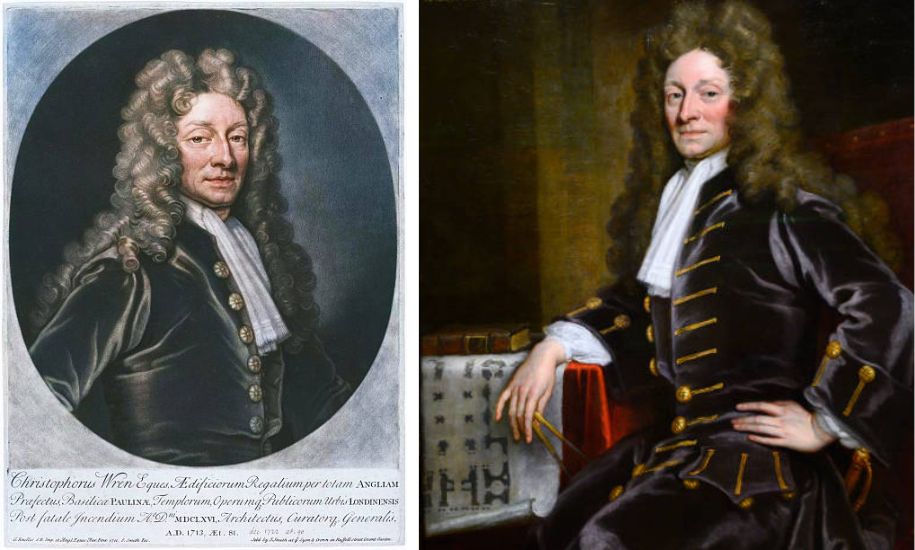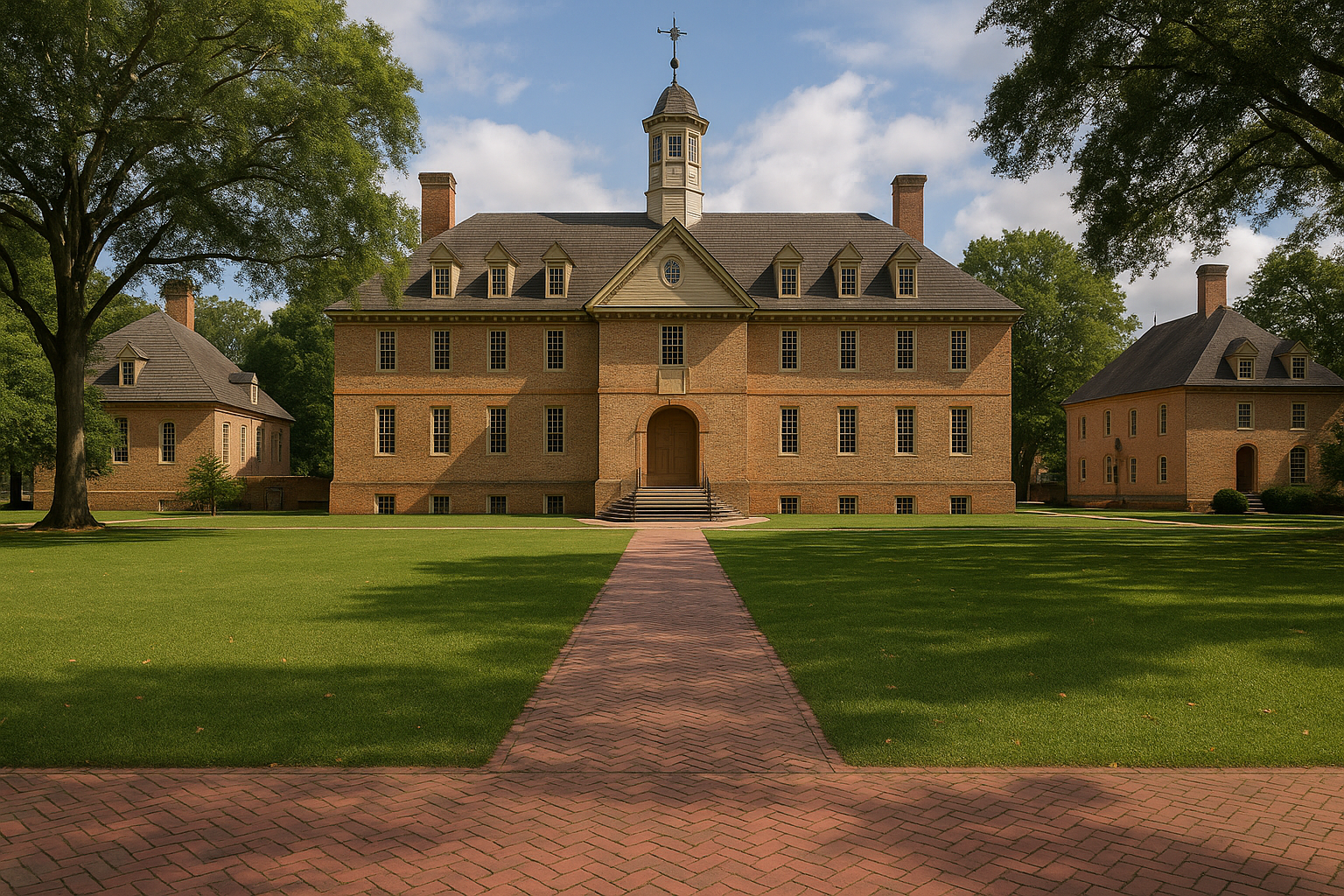Christopher Wren Yard: A Historical Landmark and Modern Workspace Reimagined

The name Christopher Wren Yard carries a unique charm, bridging centuries of architectural legacy and contemporary space utilization. It references both a revered green space on the historic campus of the College of William & Mary in Williamsburg, Virginia, and a modern office courtyard development in Croydon, London. While these locations differ in purpose and geography, both pay tribute to the enduring influence of Sir Christopher Wren, the legendary English architect whose work still defines much of classical design language today.
This article explores both facets of Christopher Wren Yard—one steeped in academia and tradition, and the other standing as a beacon of modern commercial utility—celebrating their relevance in culture, architecture, and community engagement.
Who Was Sir Christopher Wren?
Before diving into the locations themselves, it’s essential to understand the man behind the name.
Sir Christopher Wren (1632–1723) was one of the most highly acclaimed architects in English history. He was the creative genius behind St. Paul’s Cathedral in London and contributed significantly to the rebuilding of the city following the Great Fire of 1666. Wren’s work combined mathematical precision with classical elegance, and his architectural philosophy has influenced buildings across the world—including in the United States.
The name Christopher Wren Yard is thus not merely symbolic but deeply rooted in architectural heritage, evoking both aesthetic appreciation and intellectual pursuit.
Christopher Wren Yard at William & Mary, Williamsburg, Virginia

A Sacred Part of the Historic Campus
Located in the heart of Colonial Williamsburg, Wren Yard is an integral part of the College of William & Mary—America’s second-oldest higher education institution, established in 1693.
It lies just east of the iconic Sir Christopher Wren Building, flanked by the President’s House and the Brafferton, forming what’s often referred to as the Old College Yard or Historic Campus.
Design and Architecture
The Wren Building, after which the yard is named, is the oldest academic building still in use in the United States. Built in the early 1700s and designed in a style attributed to Wren’s followers, it reflects the colonial Georgian architectural influence that Wren popularized in England.
The Yard complements this architectural legacy, offering open green lawns, cobbled pathways, and aged trees that create a solemn yet vibrant atmosphere.
A Venue for Ceremonies and Community Events
Wren Yard is more than a historic patch of greenery; it functions as an event venue for university ceremonies, receptions, performances, and formal gatherings. It can host up to 2,000 people, making it a vital space for large-scale outdoor events.
Guidelines and Use
The venue is open for reservation by departments and affiliated organizations. However, due to the sensitivity and prestige of the location:
-
Tents require approval and must be anchored using water barrels (stakes are not allowed).
-
Food and drink incur additional usage fees.
-
A representative must be present to manage the event, ensuring that the setting’s dignity is preserved.
Symbol of Academic Tradition
Many convocation ceremonies, graduations, and candlelight tours begin or end at the Wren Yard. For students and alumni, it represents a rite of passage—a timeless backdrop to scholarly beginnings and endings.
Christopher Wren Yard in Croydon, United Kingdom
A Modern Courtyard Office Space
On the other side of the Atlantic, Christopher Wren Yard in Croydon, South London, presents a completely different picture. It is a modern courtyard office complex that combines the elegance of private access with the functionality of urban business space.
Located at 115–119 High Street, Croydon CR0 1QG, this complex was developed in the 1980s and continues to be a sought-after commercial location.
Property Layout and Facilities
The complex offers self-contained office units spread across three floors, ranging in size from about 2,300 to 4,000 square feet. The architectural design is minimalistic yet practical, appealing to startups, law firms, marketing agencies, and small to mid-size enterprises.
Key Amenities:
-
Gas central heating
-
Perimeter trunking and raised floors
-
Passenger lift (8-person capacity)
-
Private kitchenettes and restrooms
-
Flexible lease terms, with prices ranging from £45,000 to £55,000 per annum depending on the unit
These features make it a competitive and well-equipped space for businesses seeking a professional environment in a well-connected urban setting.
Prime Location Benefits
Croydon is a rapidly evolving commercial hub. Tenants of Christopher Wren Yard benefit from:
-
Proximity to East Croydon Station (a 10-minute walk)
-
Easy access to local restaurants, cafes, and shops
-
Excellent bus and tram connectivity
This location serves as a practical, urban tribute to Sir Christopher Wren, emphasizing function while nodding to form.
Architectural Symbolism: Bridging Two Worlds
It is remarkable how the same name—Christopher Wren Yard—can represent two completely different yet complementary visions:
-
One, a verdant academic sanctuary entrenched in 18th-century history and symbolism.
-
The other, a cutting-edge commercial space crafted for 21st-century productivity.
Both reflect the essence of Christopher Wren’s architectural ideology: enduring quality, spatial harmony, and adaptability.
Whether it’s students walking across cobblestones in Williamsburg or entrepreneurs sealing deals in Croydon, the spaces named after Wren serve communities in meaningful ways.
Cultural and Community Relevance
At William & Mary
The Wren Yard acts as a public heritage site, drawing tourists, historians, and students alike. It reinforces:
-
A deep respect for American academic roots
-
The importance of preserving colonial-era architecture
-
The power of architecture in shaping communal memory
In Croydon
Meanwhile, the Croydon site is:
-
A symbol of urban regeneration
-
A contributor to local economy and employment
-
A reflection of functional elegance in commercial design
Final Thoughts
The name Christopher Wren Yard is more than a label—it’s a living homage to one of the greatest architects in history. From the scholarly serenity of Wren Yard at William & Mary to the bustling innovation within Croydon’s courtyard offices, these locations exemplify how architecture and space can serve generations in different yet equally powerful ways.
In an era where space is becoming increasingly commodified, these yards remind us of the cultural, functional, and historical roles that well-designed environments play in human experience.
Article published by: Mating Press



